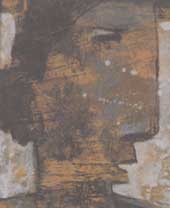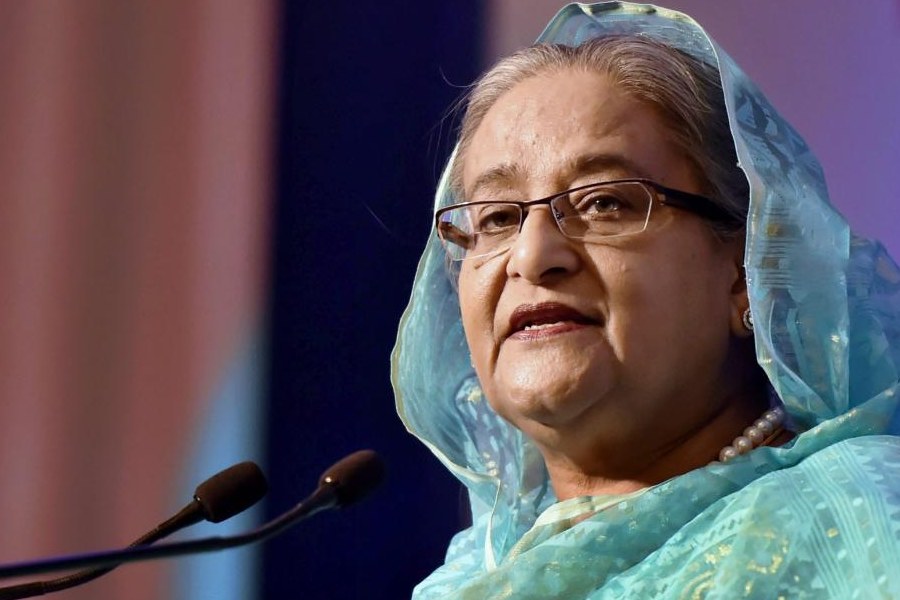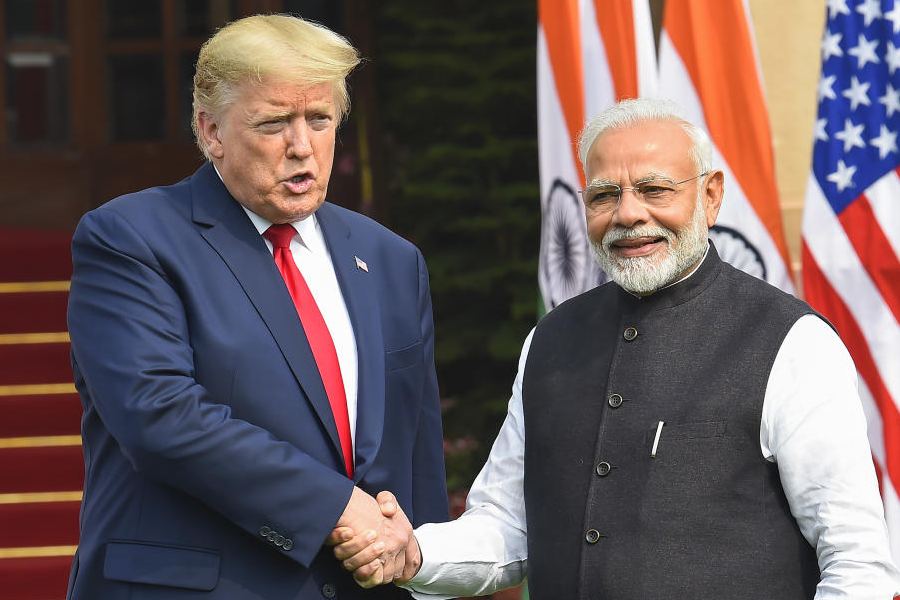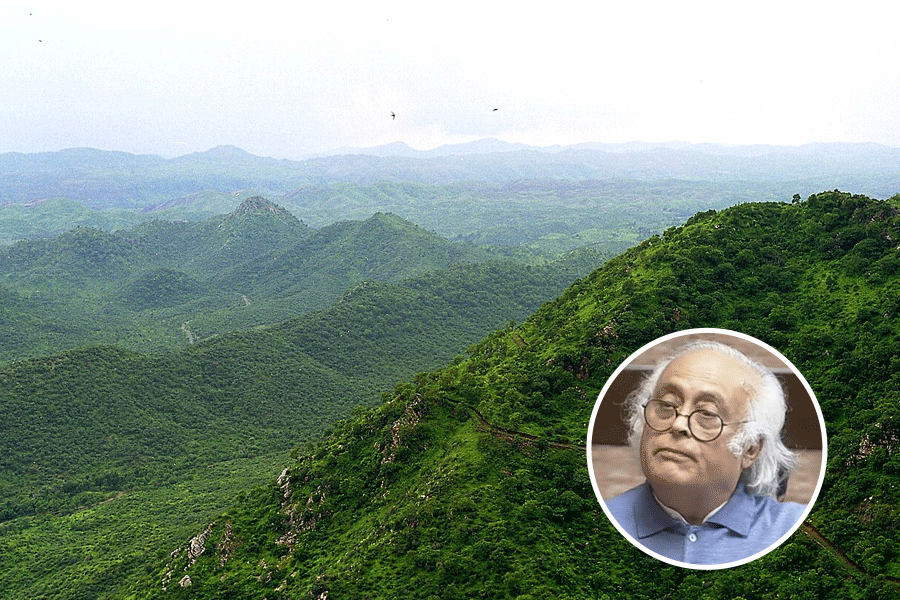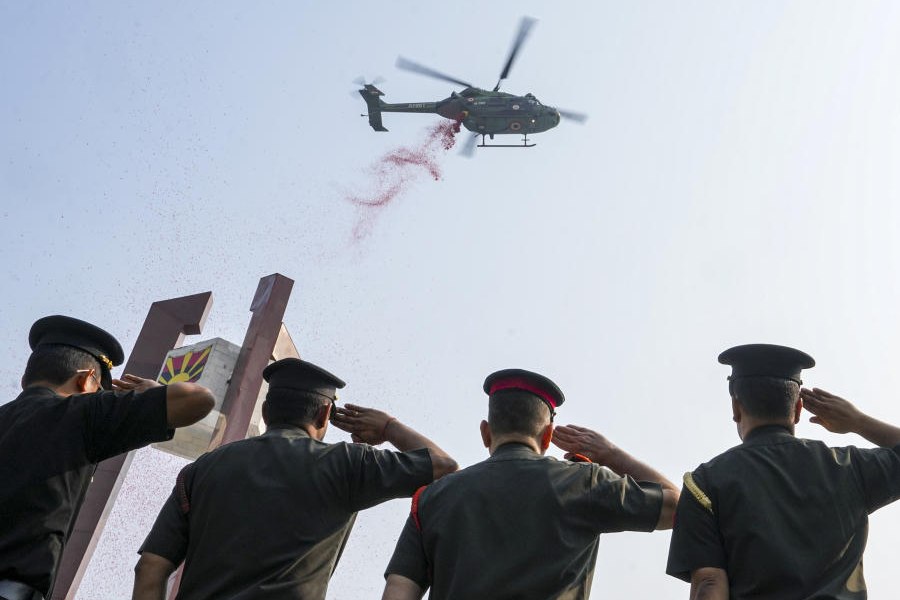|
|
A revisiting and a revival of traditions: this seemed to be the presiding theme of two successive exhibitions at Gallery Kanishka’s. Bhaskar Mukherjee’s Rooted in Realism, which concluded on June 2, featured a series of ink on paper drawings, along with a few acrylics, depicting human and animal faces. Etched against a thick expanse of darkness, most of these figures recall the later paintings of Rabindranath Tagore, particularly the densely variegated doodles that the poet delighted in. The crisscrossing lines, grotesquely misshapen contours (picture right), hideously toothy grin and strikingly eloquent eyes — the interplay of these four elements was engaging as well as disturbing. These are possibly Mukherjee’s studies of the santhal men and women of Birbhum, people with whom he has spent considerable time. However, the effect of some of the semi-human faces — poised on the verge of turning into terrible animals — is distinctly nightmarish. The animals, in their turn, look positively uncanny, seeming familiar but not entirely so. But these visions of horror and discomfort start appearing contrived because there is little variation on the primary motif. The eye gets accustomed to the paintings, finding some of them predictable, if not a little monotonous.
Sudipta Dutta’s Monologues (till June 30) also harks back to earlier masters, the influence of Ganesh Pyne and Amina Ahmed Kar being most palpable. Working exclusively with acrylic, Dutta, too, captures a range of human emotions. Dwelling on the darker shades, set off by yellow ochre, he teases out indescribable expressions on some of the faces struggling to come into being out of the darkened canvases. The inscrutable face of the woman in Portrait II (picture left) is memorable. So are the two figures, with their extended hands, in the tryptich, The Challenge. In Woman in Power, the fisherwoman fiercely clutching a fish is striking, as is the shadowy dog, which emerges from between her legs, leaving behind the suggestion that she is riding upon the creature. The two ducks — one depicted against a polluted shade of yellow and the other framed by the glassy black water upon which it swims — retain a lyrical grace despite being mere silhouettes. These silent figures are truly like monologues: intensely self-referential, steadily consuming, and being consumed by, their own unspoken solitudes.

